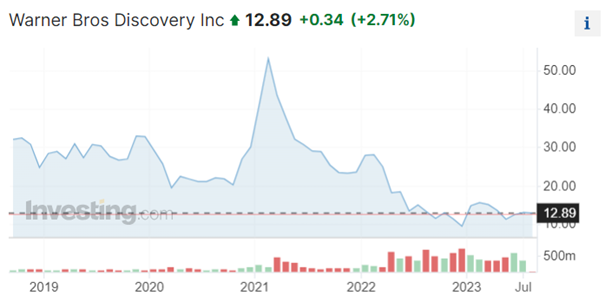The article said that Warner Bros Discovery issued a warning, expressing concerns that the ongoing strikes by Hollywood writers and actors might affect the timing of its film slate and content production and delivery. The studio predicted that members of the Writers Guild of America and the Screen Actors Guild would return to work in early September, but some sources consider this prediction optimistic given the tense situation on the picket lines. The strikes have already disrupted the production of scripted series for the fall TV season and halted work on films due to disputes overpay in the streaming era.
Toymaker Hasbro also mentioned potential impacts from the strikes. The company's CEO, David Zaslav, acknowledged the uncertainties and emphasized the need for resolution. Additionally, Warner Bros Discovery's revenue was impacted in the second quarter due to underperforming films, including "The Flash," and marketing costs for the successful "Barbie" film. However, the streaming business is reportedly performing well ahead of financial projections. Despite the challenges, the company remains optimistic about achieving total synergies and positive free cash flow. Shares of the company have risen by nearly a third in 2023.
Mixed news in my opinion. There is a very good info, that their stocks performed well in 2023 so far, however, strikes in the industry are worrying. After not so good fundamental analysis, at least technical analysis showed me some light. Despite stocks being down for 47% in the last five years, the positive data of 2023 could signal a potential turn of the trend.* The highest point it has reached in five years was at 52 USD, while currently the stock is sitting at 12,90 USD. * It means that there is potential movement space for growth IF the price will go back to that point. [1] It is quite risky decision, but I decided to enter the trade when market opens.

Movement of Warner Bros Discovery stocks in the last five years. (Source: Investing) *
* Past performance is no guarantee of future results.
[1] Forward-looking statements are based on assumptions and current expectations, which may be inaccurate, or based on the current economic environment which is subject to change. Such statements are not guaranteeing of future performance. They involve risks and other uncertainties which are difficult to predict. Results could differ materially from those expressed or implied in any forward-looking statements.








